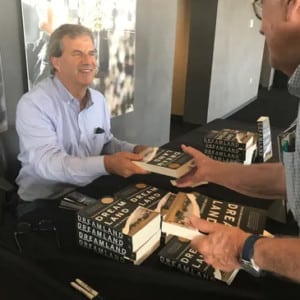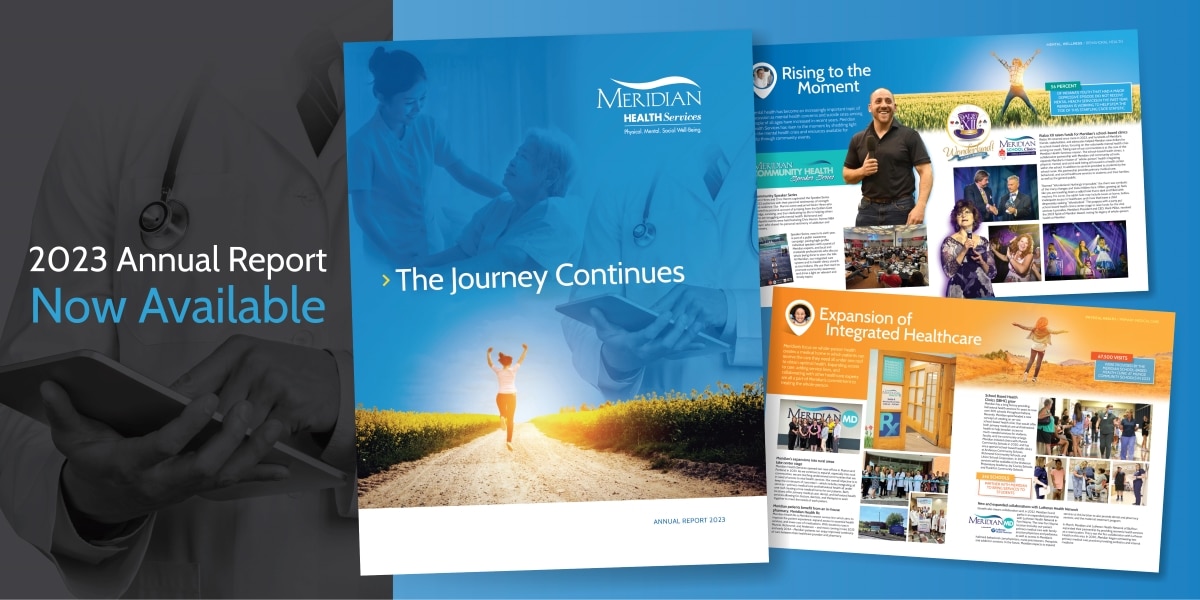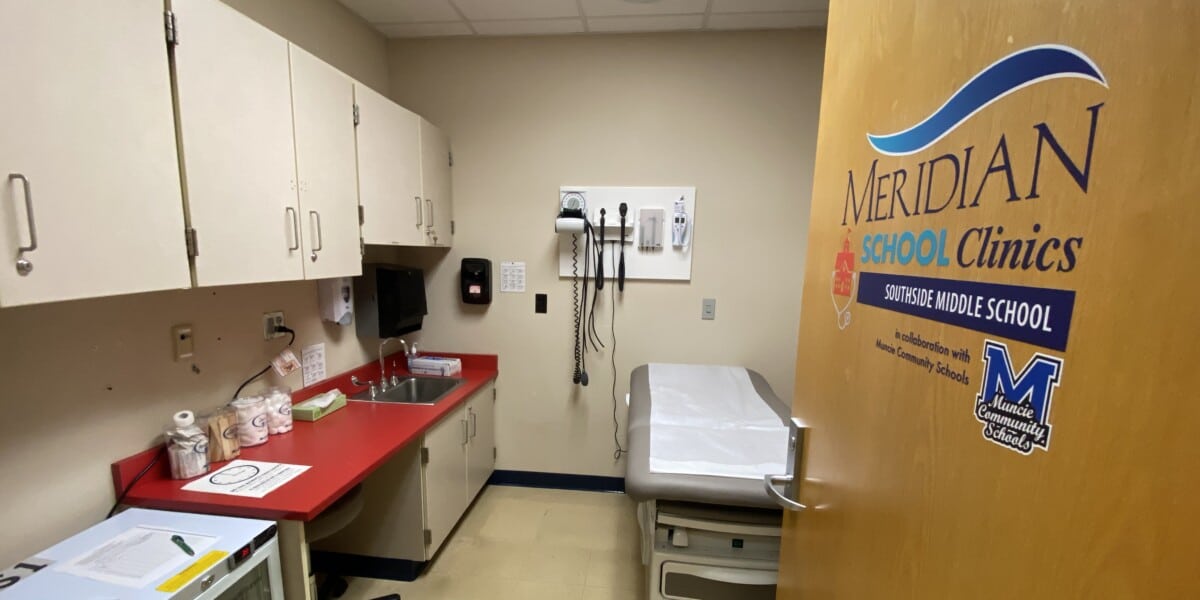From The Lafayette Journal & Courier
 As former Los Angeles Times reporter Sam Quinones tried to get his arms around how and why pain killers took hold of American communities in such devastating ways – a project that became his 2015 book, “Dreamland: The True Tale of America’s Opiate Epidemic” – he said he was taken by how hard communities tried to hide what was going on rather than confronting it.
As former Los Angeles Times reporter Sam Quinones tried to get his arms around how and why pain killers took hold of American communities in such devastating ways – a project that became his 2015 book, “Dreamland: The True Tale of America’s Opiate Epidemic” – he said he was taken by how hard communities tried to hide what was going on rather than confronting it.
“Everywhere I went, there was almost no acknowledgement of the problem,” Quinones said Monday, during a stop in West Lafayette. “The best barometer, if you believe it, was the obituaries.”
Even those, Quinones said, were a matter of reading between the lines of obits that listed 25-year-olds’ causes of death as heart attacks.
As the topic finally takes its place in the domestic agenda, coast to coast – “I don’t know too many regions that don’t have this kind of a problem,” he said – cities and counties face a growing realization: The addiction crisis is less of a drug problem than it is a community problem.
“There is no solution, there are many solutions – plural – it seems to me,” Quinones said during a talk and panel discussion arranged in a room overlooking Ross-Ade Stadium by Meridian Health Services.
“Not one is sexy. Not one of those solutions will do the trick alone. They all need to be tried together,” Quinones said. “All across the country, counties are forming, whatever you want to call them, working groups, alliances, task forces, bringing people together.
“Except it’s not the usual suspects – police, parole, probation, all that stuff. It’s also Kiwanis, it’s clergy, it’s PTAs, coaches, it’s colleges, recovering addicts, counselors, on and on in this expansive view of who needs to be involved in this. Because it’s not about fighting drugs. It’s about fighting weakened and debilitated communities.”
Before asking the next question – What’s this community doing? – the task came with a warning.
Quinones challenge – and his advice – seemed to strike a chord in a room that included Lafayette Mayor Tony Roswarski, who agreed: “There’s no easy way out.”
Michael Budd, CEO of the United Way of Greater Lafayette, started nodding to to the tables in the Shively Club, noting members of an opioid crisis task force that includes members from Greater Lafayette hospitals, Greater Lafayette Commerce, the Community Foundation, North Central Health Services, police departments, mental health agencies, counselors, departments at Purdue and addiction recovery units. That was on top of panelists that included Roswarski, Tippecanoe Superior 5 Judge Kristen McVey, Tippecanoe County Health Department members and leaders of assorted health and community organizations.
“We probably could have had 25 people up here,” Budd said, pointing to a panel of seven at the front of the room. “This is an all-hands-on-deck project.”
Quinones laid context for the work facing Greater Lafayette and other communities in similar situations, in which jails are filling and addictions aren’t relenting.
Quinones traced a trajectory, as laid in his book’s history lesson, that got its foothold in the 1990s as the medical community embraced changing attitudes about pain management. Doctors, he contended, were pushed by patients who were demanding quick fixes and fed with assurances from drug companies – ones that had become better and more aggressive about selling their products – that prescriptions carried little risk of addiction.
He pinned 1996 as the start of the biggest increases. That happened to be the year when Purdue Pharma introduced OxyContin, an opioid that has been at the heart of city, county and state lawsuits against the drug company for its role in running up the opioid epidemic. (Worth noting, given the location of Monday’s event: Purdue Pharma, a New York-based pharmaceutical company, has no relation to Purdue University.)
Lafayette, West Lafayette and Tippecanoe County have filed versions of those lawsuits against drug companies and distributors, claiming they instigated an epidemic and left local governments to bear the costs of the aftermath.
“Opioid prescribing started lifting off like a plane from the tarmac and did not stop rising for another 15-plus years,” Quinones said.
That, he said, was followed by a black market in pain pills for people who had prescriptions cut off. When pills on the street got too expensive, the arrival of cheaper, more potent heroin backfilled to feed addictions.
Quinones contended that the rise of opioids was overlaid on an America that had grown more isolated, determined to protect its kids from minor scrapes and the fear of disappointment, “dangerously separate” from the communities around them and prone to demanding silver bullets to make things right again, whether that came in the form of mass consumerism to cure the blahs or easy-to-get pills to dull the pain.
“Seems to me our very search for painlessness, for convenience and comfort … heroin is a final expression of that, in my opinion,” Quinones said.
“Heroin turns every addict, I think, into a narcissistic, self-absorbed, solitary, hyper-consumer. That’s what heroin’s all about. It’s about business. It’s not about being outside society. It’s about buying stuff. A life that turns to opiates is a life that turns away from family, from community and old pursuits. … Isolation is heroin’s natural habitat.”
His upshot: “The antidote really to heroin isn’t Naloxone. It is community.”
Of the “messy” work to reverse course in Greater Lafayette, Khala Hochstedler, Tippecanoe County Health Department administrator, talked about Gateway to Hope, a two-year-old syringe exchange program aimed at steering people to treatment and other health services.
“We take the approach that we meet people where they are,” Hochstedler said. “Would I like to see them all get off drugs? Of course. But that’s not realistic. … It’s about loving them through their addiction.”
Roswarski talked about how the city realized early on that Lafayette’s police department couldn’t arrest its way out of a growing addiction problem and the crime in its wake. Roswarski said the city changed some of its policing approaches, but it has tried to leverage help – “Maybe in ways people wouldn’t think about,” he said – through partnerships with the YMCA’s new community center on Creasy Lane, Faith Church’s Northend Community Center on Elmwood Avenue and police department outreach programs.
McVey, who talked about how her courtroom and the judicial system remained the backstop in so many addicts’ lives, echoed Quinones’ call for community by dropping a local reference.
She mentioned “Refrigerator Rights,” a 2001 book by Lafayette author Will Miller and Purdue professor Glenn Sparks that revolved around a central question: How many people do we have in our lives who are close enough that they feel comfortable walking into our homes and helping themselves to what’s in the fridge? The conclusion: Way too few these days, as people disconnect from family and lean on media distractions instead.
“That,” McVey said, “should be the ultimate goal for all of us.”
Quinones said that concept applied to community groups that could find themselves crossing paths with people and businesses and organizations they wouldn’t come across otherwise.
“The only way to do it is with each other,” Quinones said. “ I think we need to revel in that idea, that only through collaboration can we find innovation. For as catastrophic this epidemic is, it’s also invigorating … pregnant with new chances.”




